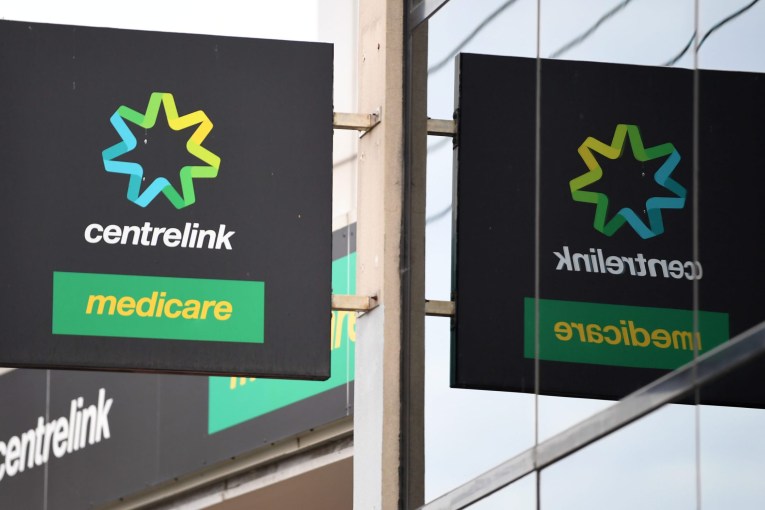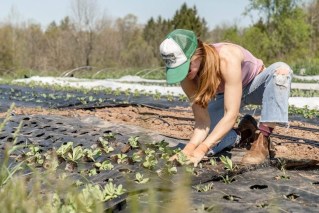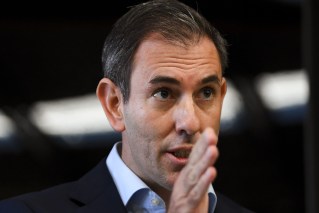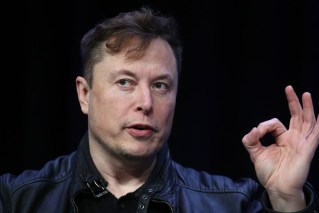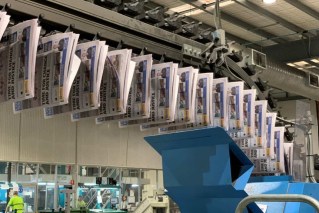The Queensland exports plunge that should be terrifying both parties
Regardless of who wins Saturday’s election, our next government will find itself managing a vastly different set of books to its predecessor, writes Robert MacDonald

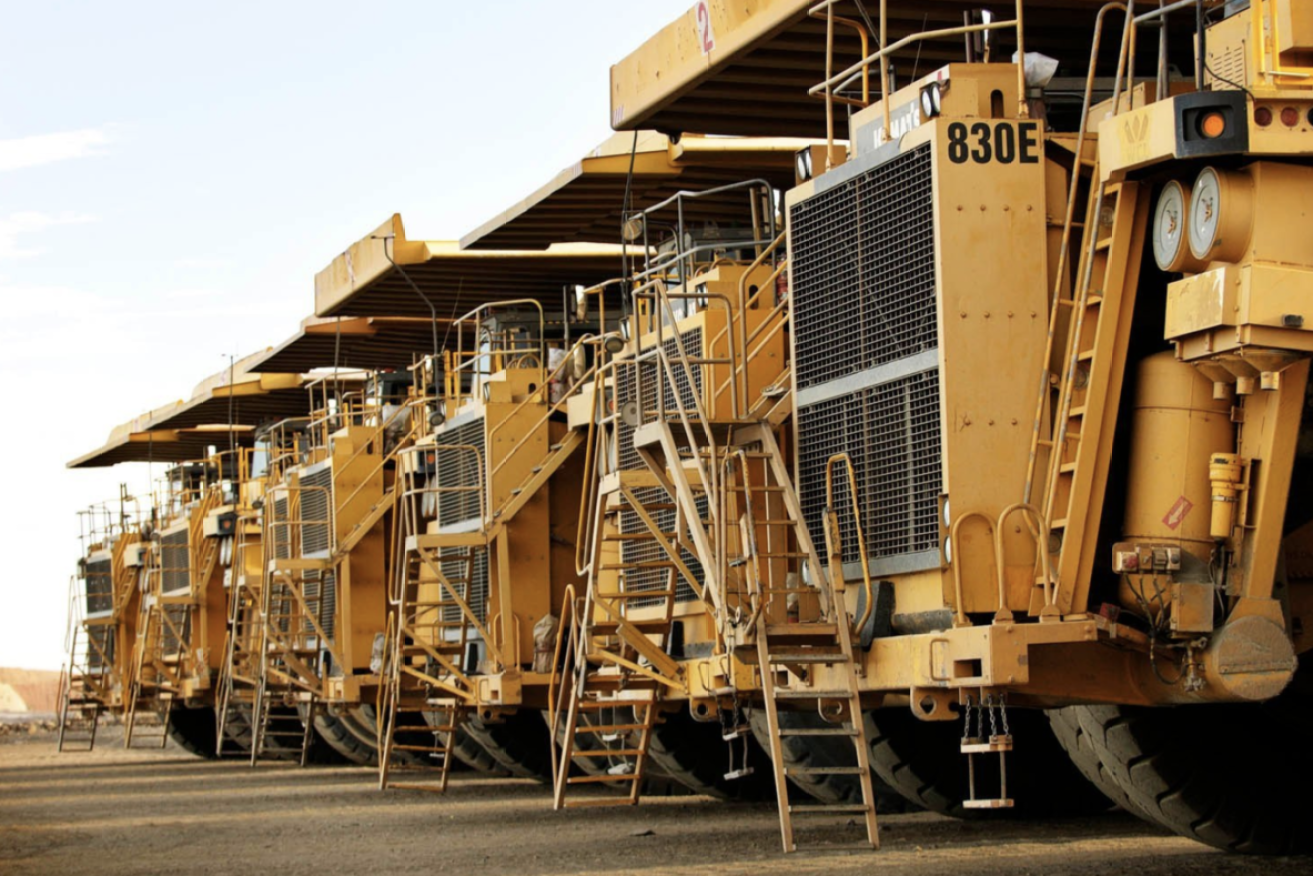
Glencore's board has faced some tough questioning at this morning's AGM. (Image: Glencore)
Both major parties have been running campaigns as if nothing has really changed – that once the pandemic is over, we’ll eventually be back to normal.
But we won’t be, not for years, if ever.
COVID-19 is reshaping Queensland’s economy in ways the policy makers – in and out of government – have barely started to acknowledge.
Queensland’s enduring economic strength for the past 50 years has been its success at selling things to the rest of the world – from base metals and aluminium and coal and gas to agricultural products, beef, tourism and education.
COVID has changed all that.
Twelve months ago, Queensland was exporting a record $88 billion of goods a year – nearly a quarter of Australia’s total exports.
By August this year exports had fallen by 19 per cent, to $71 billion – less than 20 per cent of Australia’s total.
Some of this ground will be recovered as global economies slowly awaken but add in the gradual, but inevitable decline in demand for Queensland’s coal, and the future becomes clearer.
After decades of living off the fat of our globally competitive exporters, the Queensland government – of whichever stripe – will have to think of new ways to keep the economy going, and its treasury topped up.
No more sitting back and taking a slice of ever-expanding coal and gas sales or relying on the state’s education institutions to keep increasing their harvest of international students, or for the overseas visitors to keep arriving.
The Palaszczuk Government benefitted greatly – through both its terms – from a particularly purple patch for Queensland exporters, fuelled largely by China’s insatiable demand for coal, protein, education and new tourism experiences.
Goods exports doubled in just five years from the beginning of 2015, when the Palaszczuk Government first came to office.
Exports grew so strongly and unexpectedly, the government regularly under-estimated its share of the take.
In just four years, it earned nearly $4 billion more in coal royalties than originally budgeted – and spent the lot, rather than putting it away for the rainy day that has since arrived.
The state’s services exports also soared.
Pre-pandemic, the state’s international education and training sector was worth around $5.4 billion a year to the state’s economy – up from $2.8 billion four years earlier – and supported around 30,000 jobs.
International tourists were visiting and spending at record numbers – close to $6 billion a year.
Neither side has offered much by way of new solutions – except to pledge emergency funds and support of various kinds, from training to advertising campaigns and promises to fast track mining projects.
For its part, Labor can point to its $755 million Advance Queensland program, which supports emerging industry sectors such as biofuels, advanced manufacturing, biomedical and hydrogen, as evidence of its commitment to steering the state’s economy in new directions.
But even if its strategies produce the goods, they’re not going to replace the massive, export focussed mining and resource-based industries that sustain whole towns in central and western Queensland.
And they’re certainly not going to replace the billions of dollars of mining royalties that have underwritten state revenues for so long.
The LNP hasn’t offered anything as specific as Advance Queensland but it has promised to freeze royalty rates for 10 years, “fix the biased approvals process” for new mining projects and provide at-cost electricity to local manufacturers.
It is also promoting its new Bradfield scheme and a program of dam-building as a new dawn for Queensland’s agricultural sector – assuming anything actually gets built.
Whatever the precise policies of either side, and their eventual economic impact, the growing evidence is that Queensland’s long run as an exporting superstar is coming to an end.
Queensland has plenty of clever companies and a strong culture of exporting. New opportunities and markets will continue to emerge and international customers will keep buying our commodities for years to come – our coal and beef and agricultural products are among the best in the world.
And one day, international students and tourists will return, but at what numbers?
The gravy has dried up. The gold-egg-laying goose is no more
COVID-19 has driven home the underlying fragility of our export-focused economic model.
We’re ultimately at the mercy of the world and always have been – a fact that both major parties have tended to skip over in their pitches to voters.
Much easier to focus on the challenges of the here and now – keeping the community safe from infection and handing out cash – rather than developing a grand strategic plan for steering the state towards a post-export future.
